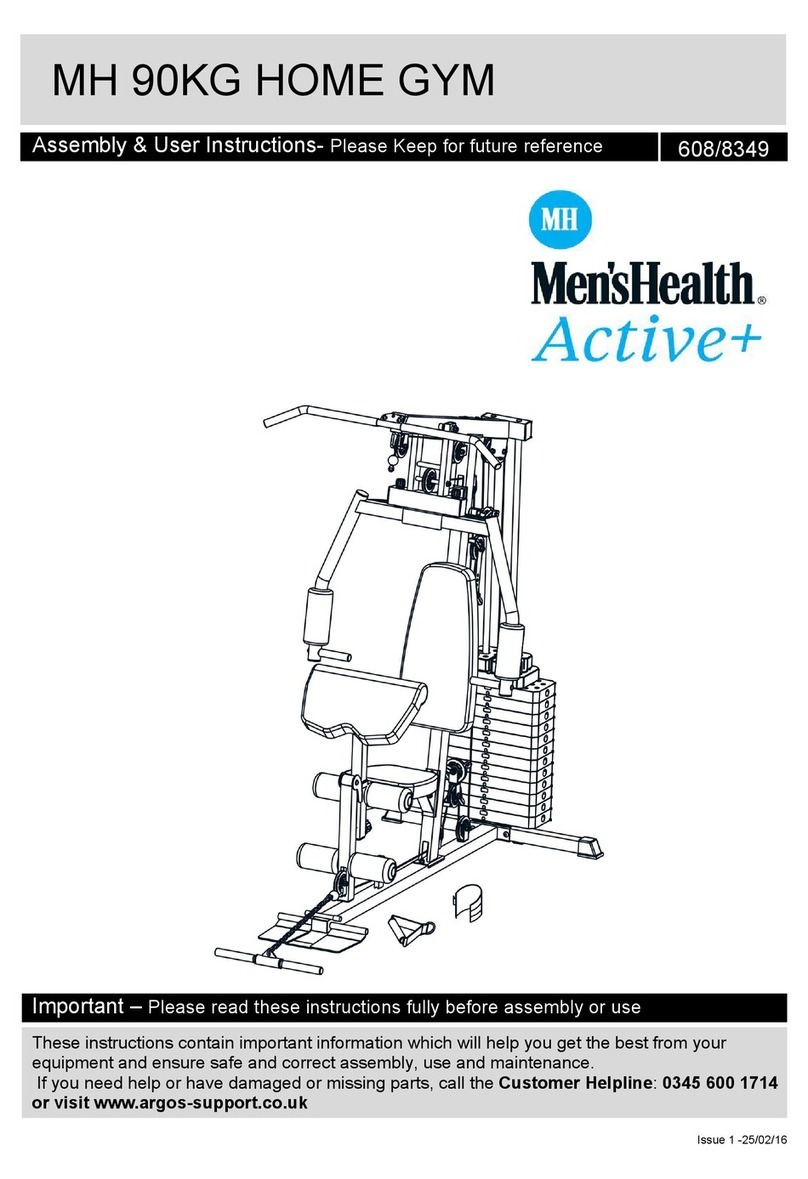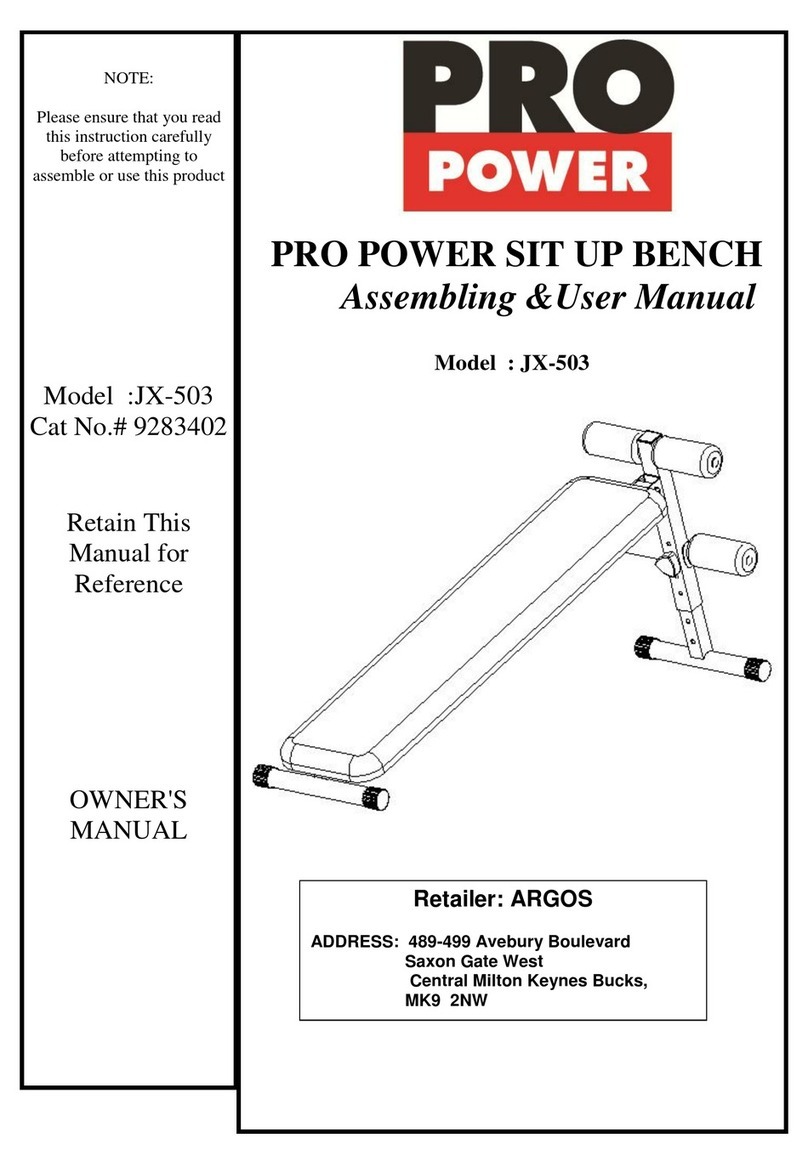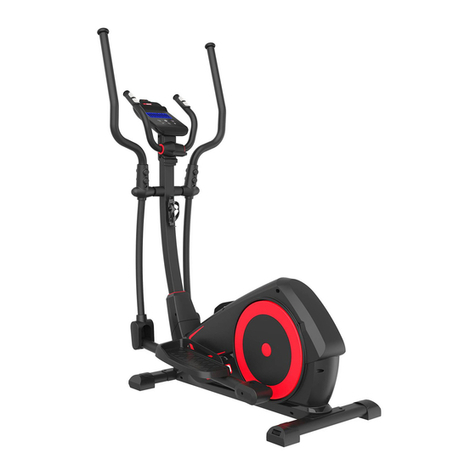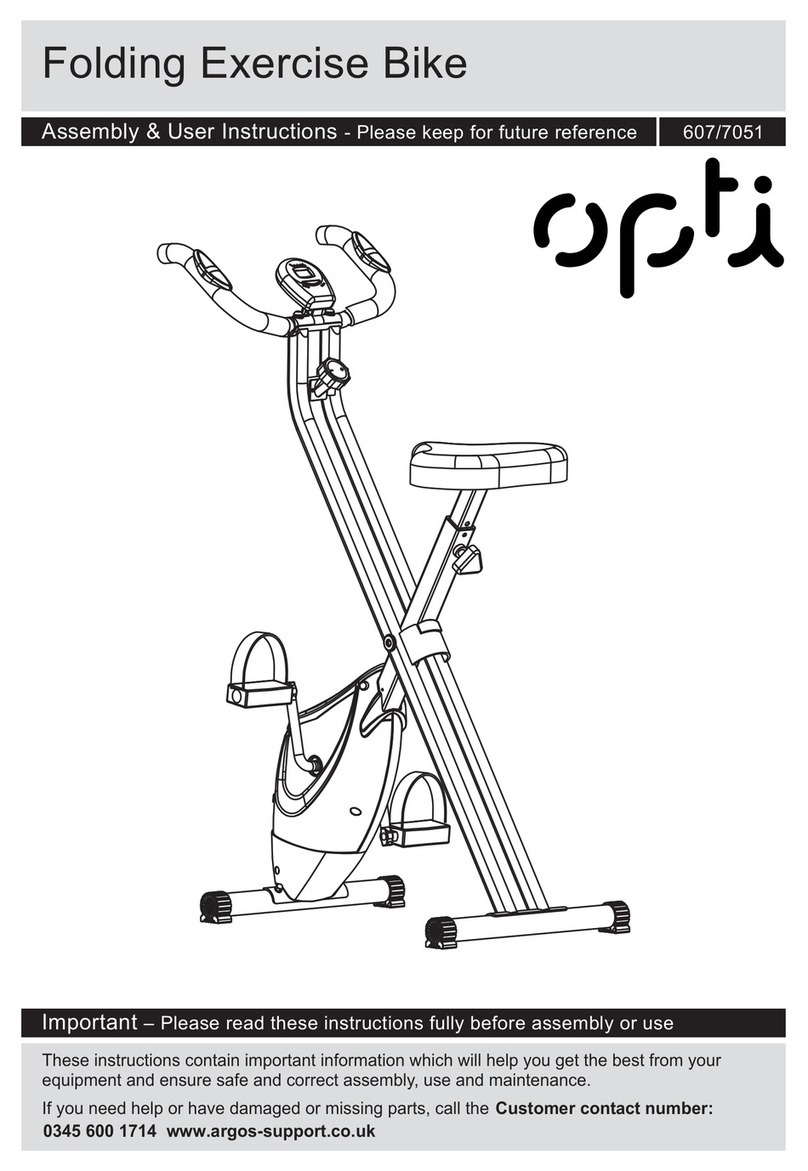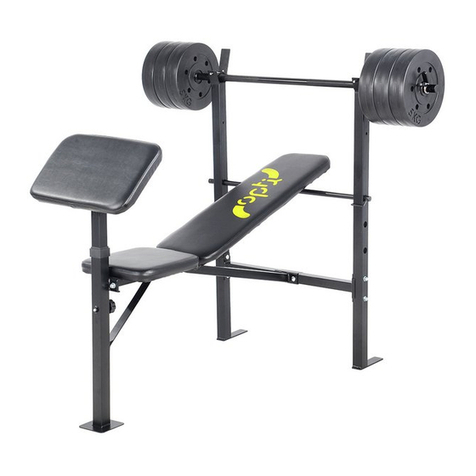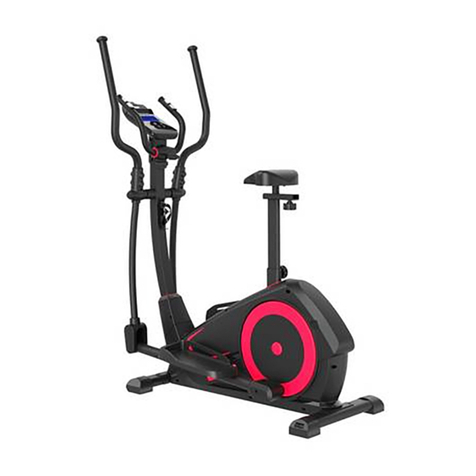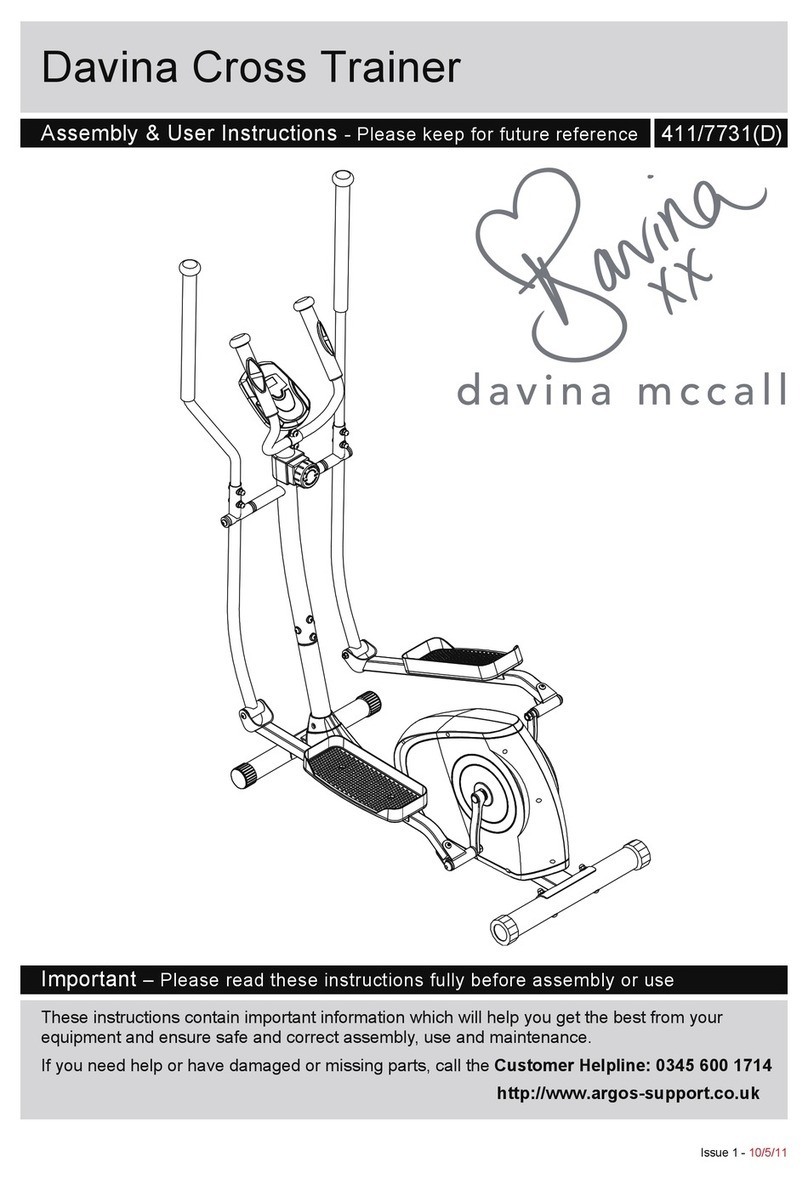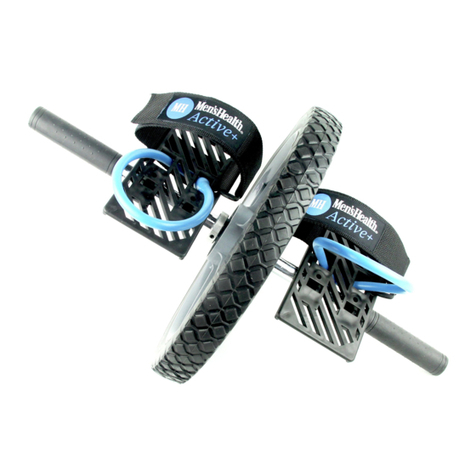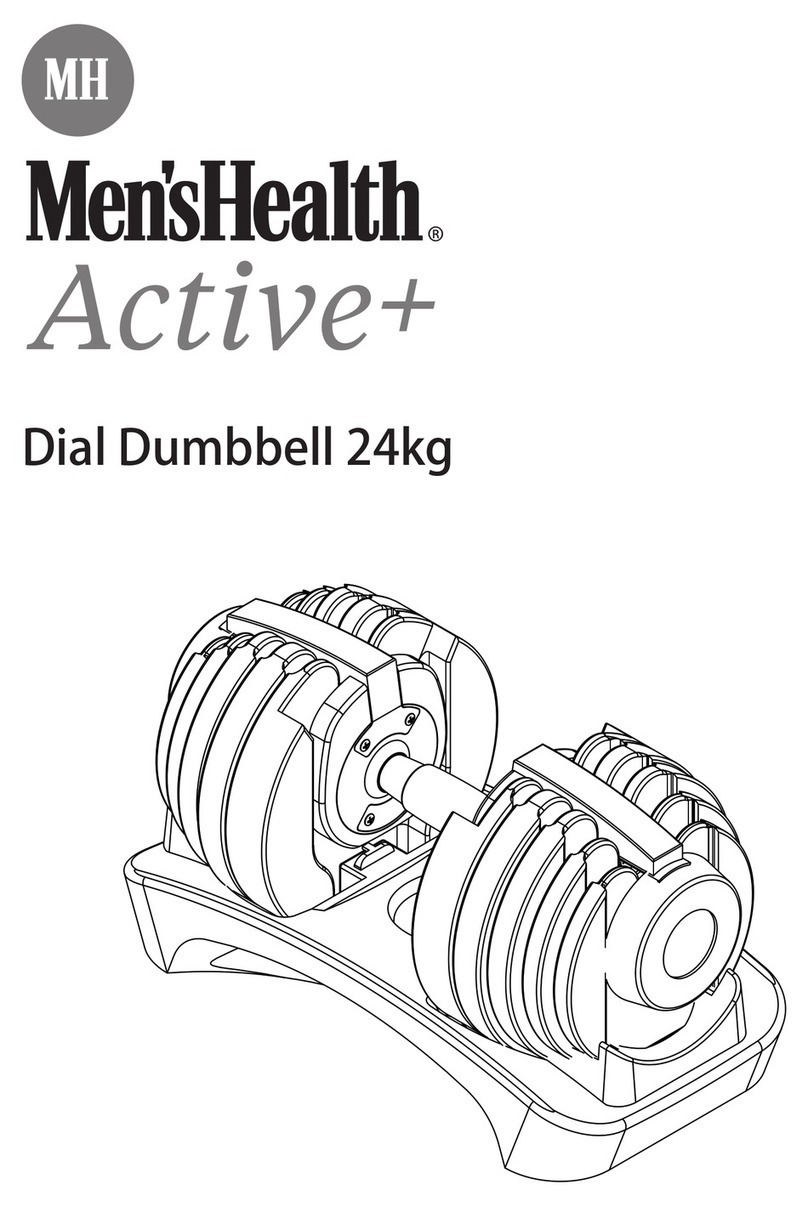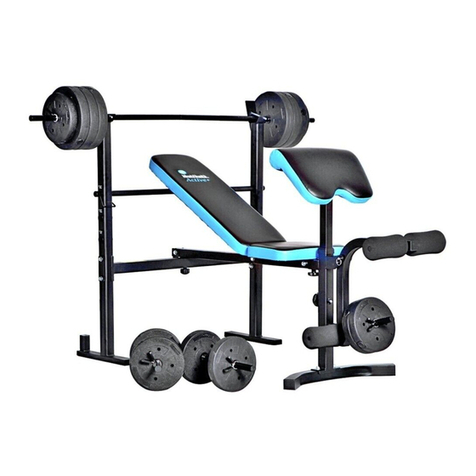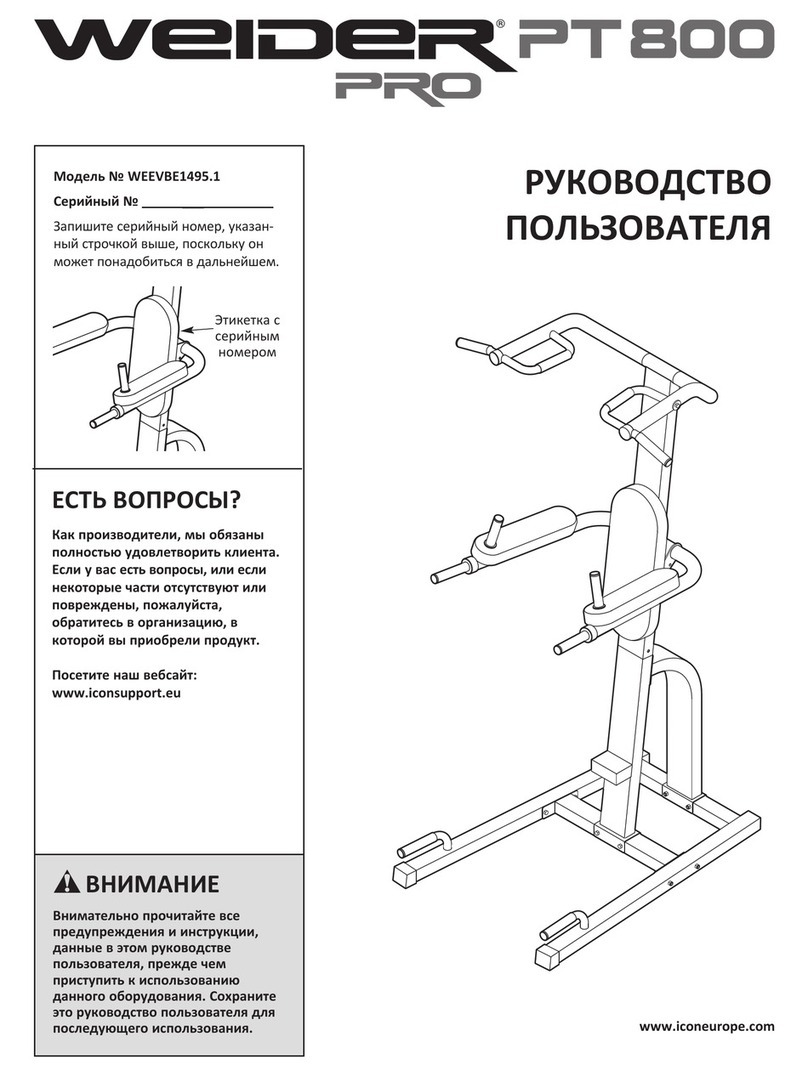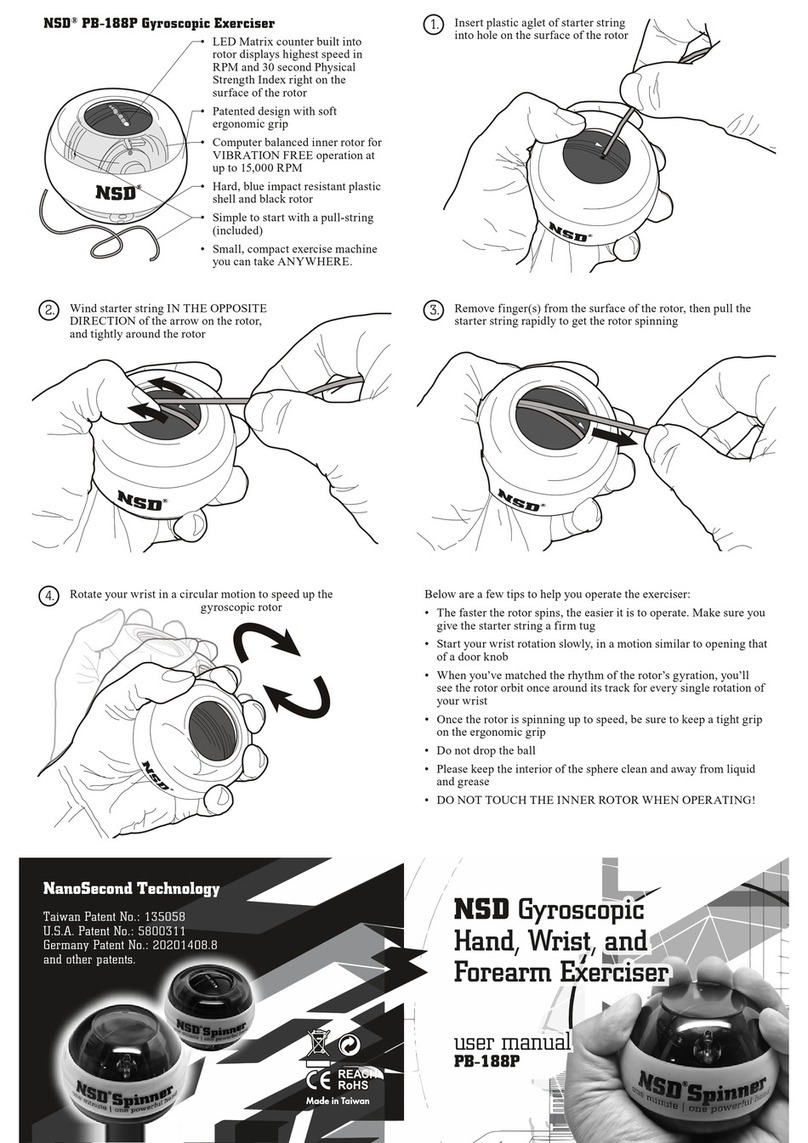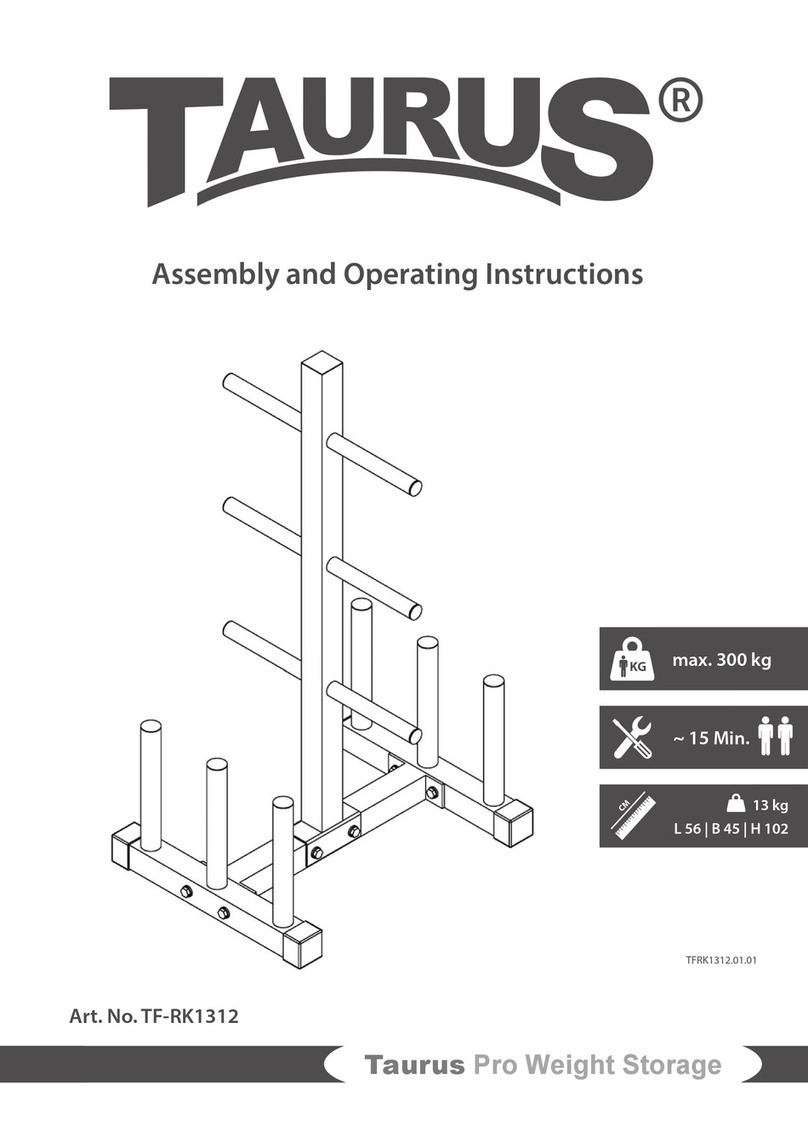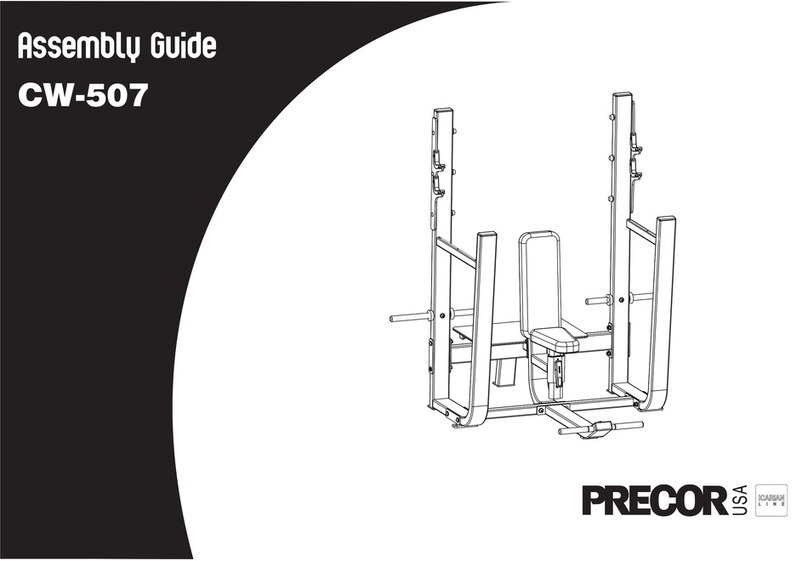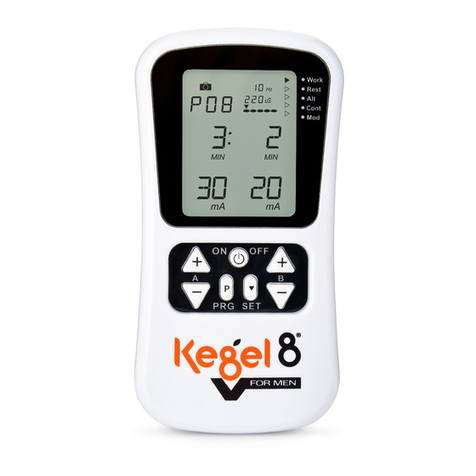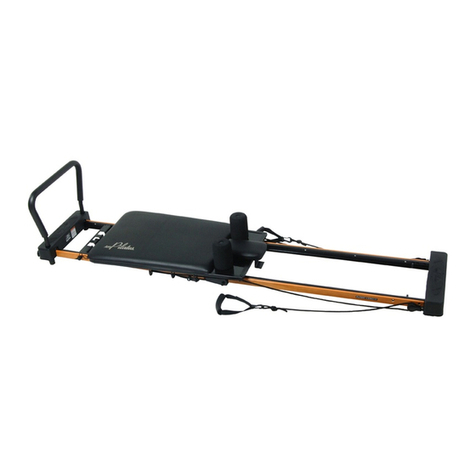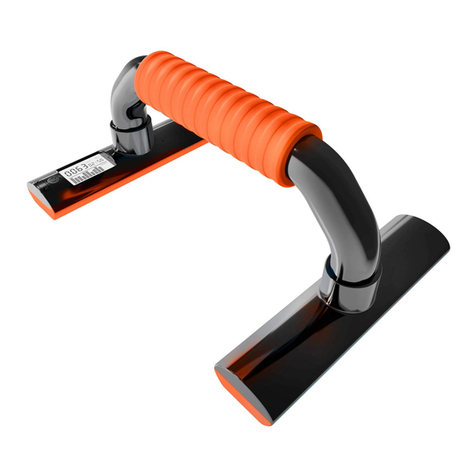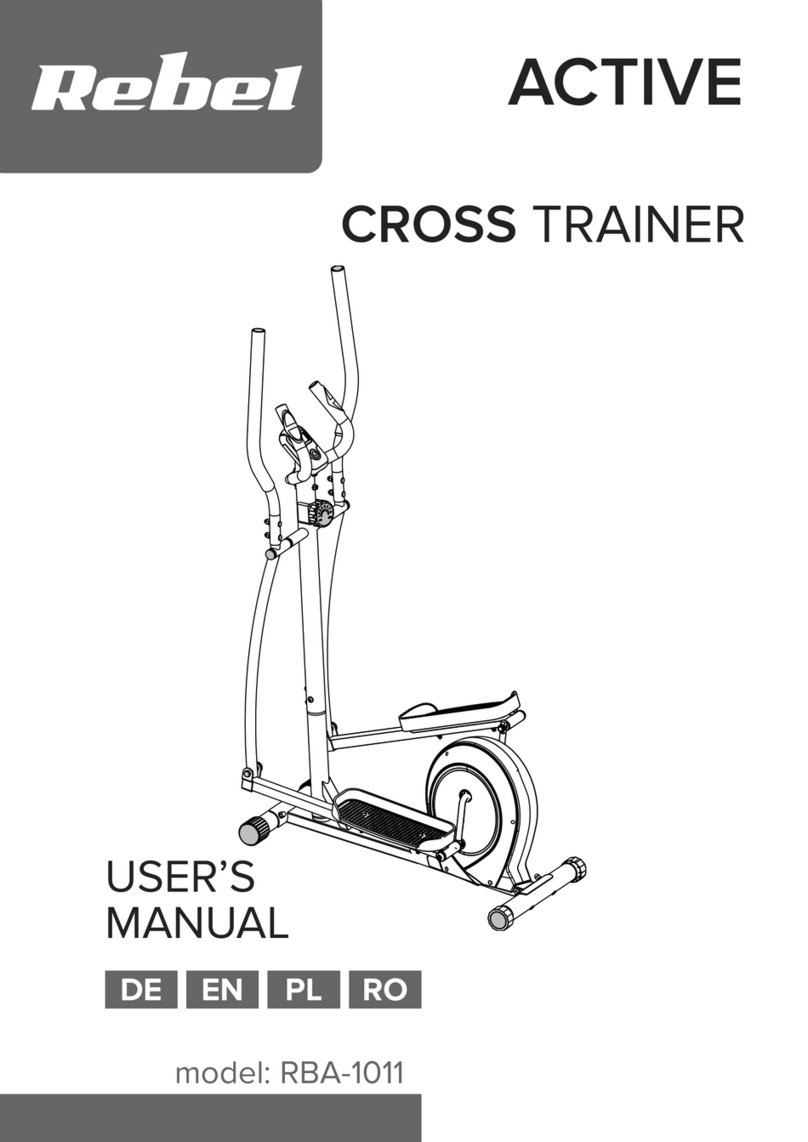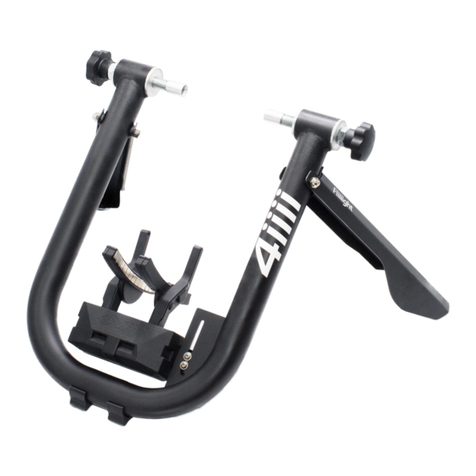
2
Safety Information
Important – Please read fully before assembly or use
To reduce the risk of serious injury, read the entire manual before you assemble or operate the
Magnetic Rower. In particular, note the following safety precautions:
• Check you have all the components and tools
listed on pages 3 and 4, bearing in mind that, for
ease of assembly, some components are
pre-assembled.
• Keep children and animals away from the work
area, small parts could choke if swallowed.
• Make sure you have enough space to layout the
parts before starting.
•Assemble the item as close to its final position
(in the same room) as possible.
• The equipment shall be installed on a stable base
and properly levelled.
• Dispose of all packaging carefully and responsibly.
• It is the responsibility of the owner to ensure that
all users of this product are properly informed as to
how to use this product safely.
• This product is intended for domestic use only.
Do not use in any commercial, rental, or institutional
setting.
• Before using the equipment to exercise, always do
stretching exercises to properly warm up.
• If the user experiences dizziness, nausea, chest
pain, or other abnormal symptoms stop the
workout and seek immediate medical attention.
Warning: Before beginning any exercise program, consult your Doctor. This is especially
important for persons over the age of 35 or persons with pre-existing health problems. You
MUST read all instructions before using any fitness equipment. Argos and its associates assumes no
responsibility for personal injury or property damage sustained by or through the use of this product.
• Only one person at a time should use the
equipment.
• Keep hands away from all moving parts.
• Always wear appropriate workout clothing when
exercising. Do not wear loose or baggy clothing,
since it may get caught in the equipment. Wear
athletic shoes to protect your feet while exercising.
• Do not place any sharp objects around the
equipment.
• Disabled persons should not use the equipment
without a qualified person or doctor in attendance.
• The maximum user's body weight is 100kg.
• Braking system of this equipment is
speed-independent
• Keep unsupervised children away form the
equipment.
• Injuries to health may result from incorrect or
excessive training.
•Use the equipment on a solid, flat level surface with
a protective cover for your floor or carpet.
• This product conforms to:EN ISO 20957 Part 1 and
EN 957 Part 7 class (H) - Home Use - Class (C).
• This exercise product has been designed and
manufactured to comply with the latest ( EN ISO 20957
Part 1 and EN 957 Part 7) British and European
Battery safety
• Warning: Incorrect installation of batteries may
cause battery leakage and corrosion, resulting in
damage to the computer.
• Do not mix old and new batteries, or
batteries of different types.
• Do not dispose of batteries in a fire.
• Do not dispose of batteries with
normal household waste, take to a local recycling
centre.
Assembly
Using
Safety Standards.
